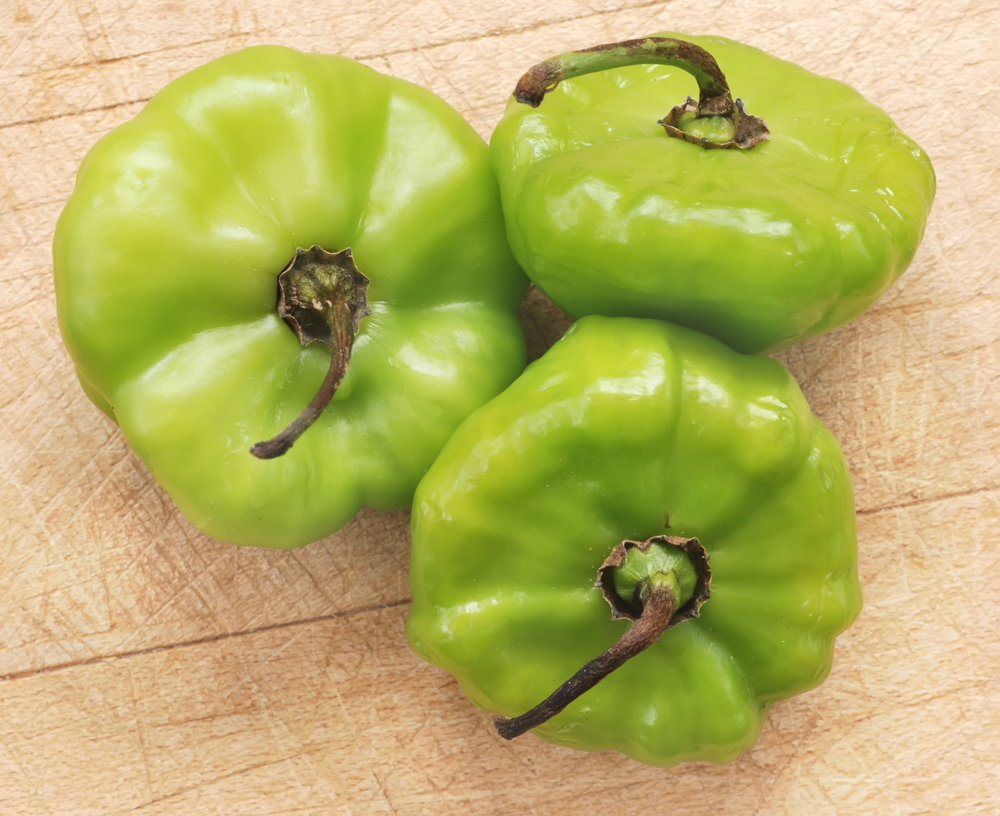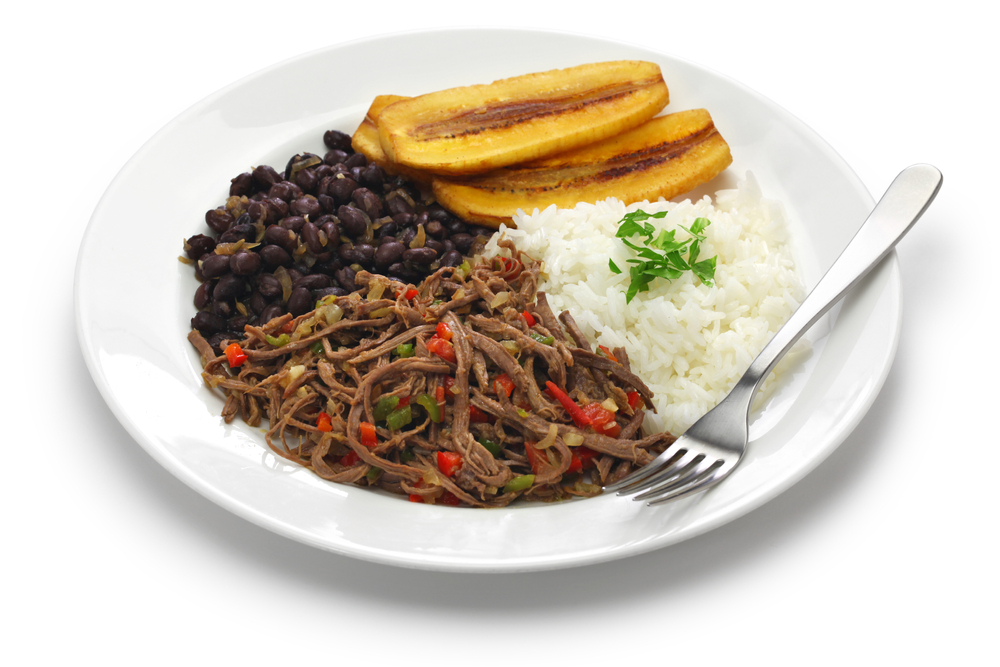The Aji dulce pepper is a sweet and mild perennial fruit commonly found in the Caribbean. Because they are only 0-1,000 SHU on the Scoville scale, aji dulces aren't known for their heat. Instead, they are celebrated for their fruity and mild flavor, making them versatile in many cooking styles.
What Are Aji Dulce Peppers?
Aji dulce peppers are a variety of Capsicum chinense and are famous for being one of the few incredibly mild habanero-type peppers. They are native to the Caribbean and Latin American countries and are most commonly found in Puerto Rico, the Dominican Republic, Venezuela, and Cuba.
In Spanish, aji dulce directly translates to “sweet chili pepper,” which perfectly describes what this pepper is all about! Aji dulces also go by several other names, including quechucha, ajicito, aji cachucha and aji gustoso, which translates to “tasty chili pepper.”
Unlike other aji peppers, known for their high SHU scores, aji dulces are cherished for their bright and fruity flavors, bringing many traditional Latin American and Caribbean dishes to life.
While some peppers can bring a lot to the table in terms of heat, the high levels of capsaicin can detract from the other flavor notes of the pepper. In the case of the aji dulce, the low capsaicin levels allow the other natural flavors to shine.
In terms of appearance, aji dulces closely resemble other Capsicum chinense. They only average about 2-7cm in diameter and 2-10cm in length. They can vary slightly in shape between round and slightly oblong.
The peppers have thick, glossy skin with pronounced wrinkles. Young aji dulces are green and ripen to an orange-red color. Once the peppers transform to dark orange or red, they are ready to eat.

How Hot Are Aji Dulce Peppers?
Aji dulces are at the bottom of the Scoville scale, as they range in heat from 0-1,000 SHU. This puts them right in the same level of heat as Carmen Italian Sweets, cubanelles, pimento and poblanos at the high end.
Comparing this to another common chili that brings a fair amount of heat to the table, jalapenos range between 2,500-8,000 SHU. This means the average jalapeno of about 5,000 SHU is five times hotter than the spiciest aji dulce.
When it comes to the world of chili peppers, it can feel like we’re always trying to look for the biggest and the baddest. Hunting down new hot peppers is exciting, but what about those with almost no spiciness? Aji dulce peppers are the perfect example of how mild peppers can be just as exciting as their spicy relatives!
Is Aji Dulce The Same As A Scotch Bonnet Pepper?
Even though both aji dulces and Scotch bonnets are Capsicum chinense Caribbean chili peppers, they are different peppers.
While aji dulces are famously mild, Scotch bonnets are famously HOT! Ranging between 100,000-350,000 SHU on the Scoville scale, Scotch bonnets are notoriously spicy peppers.
Scotch Bonnets and aji dulces are found in many Caribbean dishes. Róndon, ceviche, and sofrito are all perfect examples of dishes featuring both peppers together in perfect harmony. Scotch bonnets will bring the heat, and aji dulces can bring bright, fruity, and smoky qualities to the same recipe.
What Are Aji Dulce Peppers Used For?
Aji dulces are versatile in many cooking styles because of their distinctive sweet pepper flavor that doesn’t overwhelm a dish with heat. Puerto Rican and Cuban cuisines rely on aji dulces as the basis for their unique tastes and culinary styles.
One of its best-known applications is in the Venezuelan national dish of pabellón criollo. Simple but rich in flavor, pabellón criollo is a dish with shredded beef, rice, black beans, and fried plantains. Aji dulces are vital to season the beef, as the peppers’ fruity and vegetal notes help cut through the rich and savory beef flavor.

If you’re thinking about picking up some aji dulces to try in your cooking, absolutely go for it! There aren’t many dishes that these peppers will offend, as they are great in stews, sauces, soups, pasta, stir-fry, and diced into salsas and salads.
Where To Buy Aji Dulce Peppers
If you’re fortunate enough to have a local Latin American grocery store, then they will carry aji dulce peppers or will be able to order them for you!
If you don’t have a store nearby that sells aji dulces, many big online retailers, such as Amazon, offer heirloom aji dulce seeds and fresh peppers for purchase.
Substitutes For Aji Dulce Peppers
Several peppers will work as suitable replacements if you can’t get your hands on aji dulces. While a standard bell pepper will have a similar mild spiciness, you won’t get the complex smoky and fruity flavors that aji dulces offer.
I’d recommend using either pimento peppers or Carmen Italian sweet chili peppers. These mild peppers offer interesting sweet and fruity flavors that match the aji dulce.
Can You Grow Aji Dulce Peppers?
Like many other chili pepper plants native to Latin America, aji dulces can grow seasonally just about anywhere in the world.
As long as they have a spot with full sun in warm weather, aji dulce plants will flourish and yield dozens of fruit during the growing season. Plant seeds just after spring’s last frost, and you should be good to go!
If you’re in an area with cold winters, consider bringing the pepper plants in before the first frost. If you live in North America, I’d recommend overwintering your aji dulces starting in September or October to eliminate the risk of any cold-weather-related damage.
